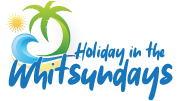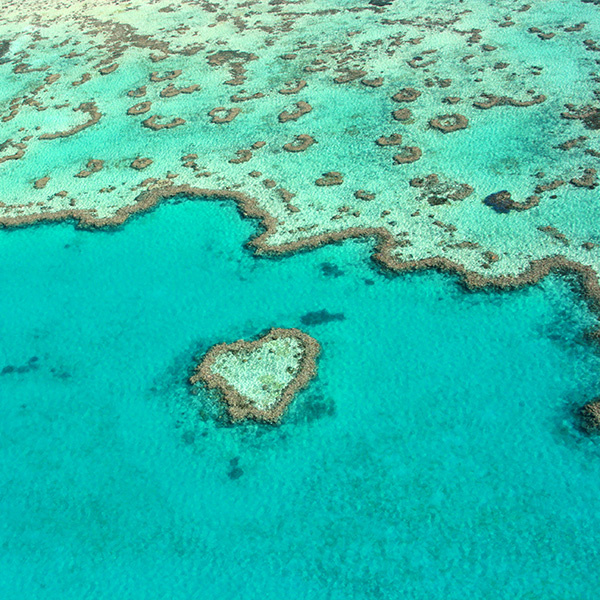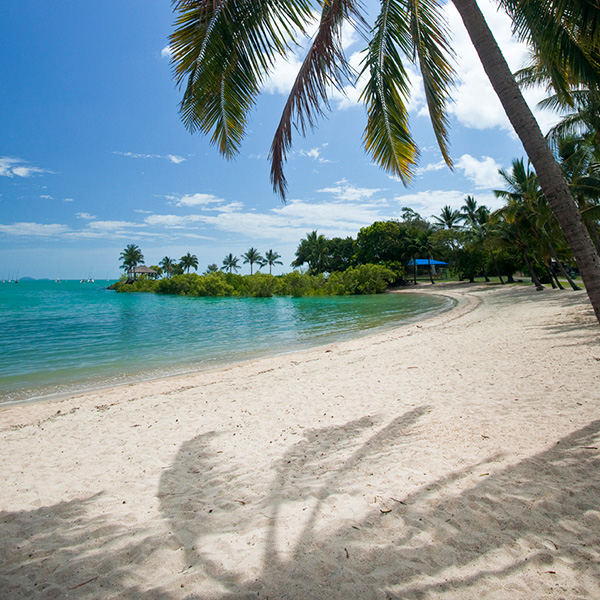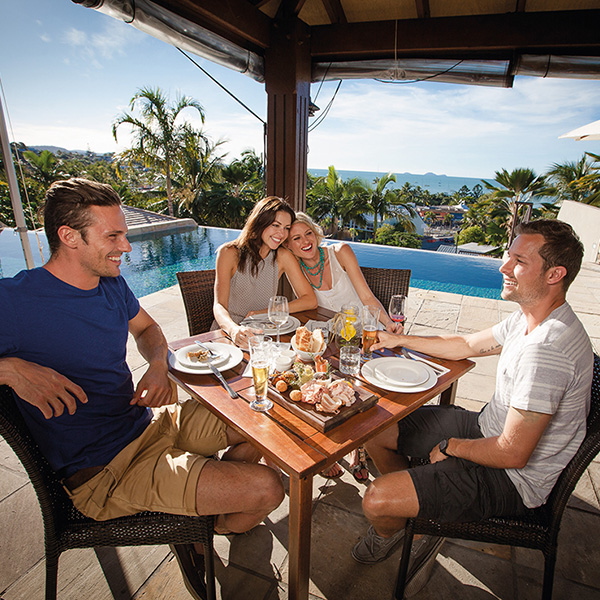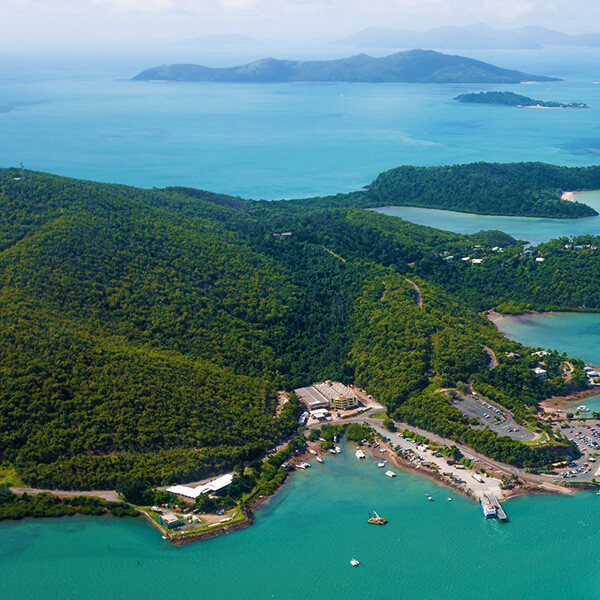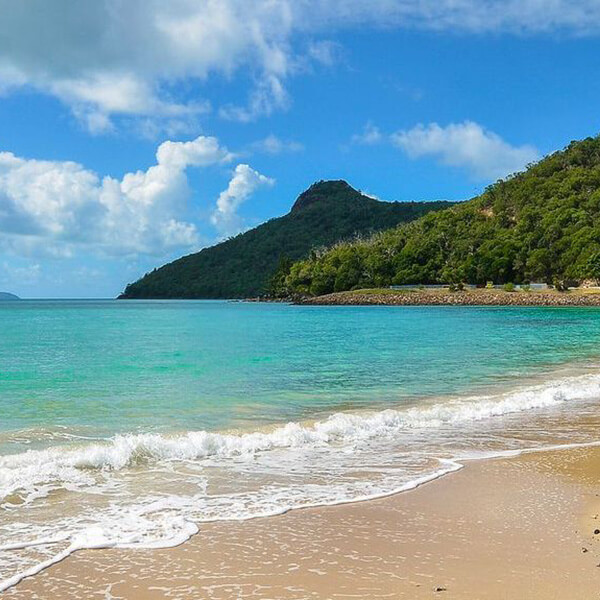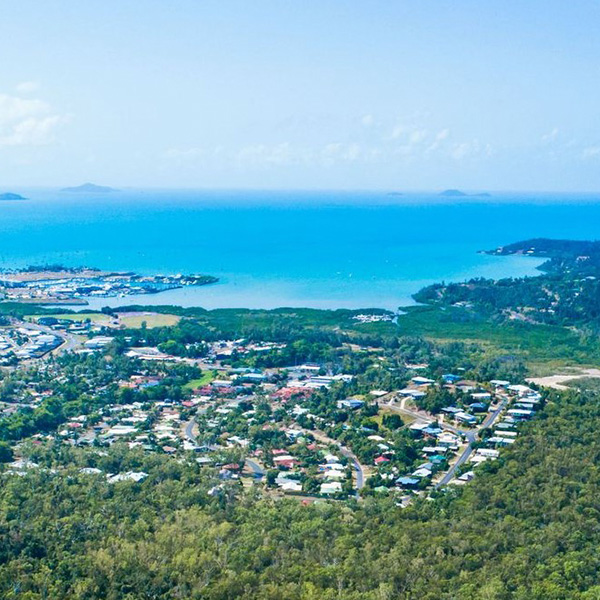- +61 448 253 469
- info@holidayinthewhitsundays.com
- Airlie Beach Queensland Australia
about the whitsundays
The Whitsundays are made up of the 74 islands and are made up of several groups.
- Whitsunday Group – Some of the more known islands include, Hamilton, Hayman, Whitsunday, Dent & Hook
- Lindeman Group – Lindeman Island
- Northern Group – Gloucester, Saddleback & Armit
- Molle Group – South Molle Island, Long Island & Daydream
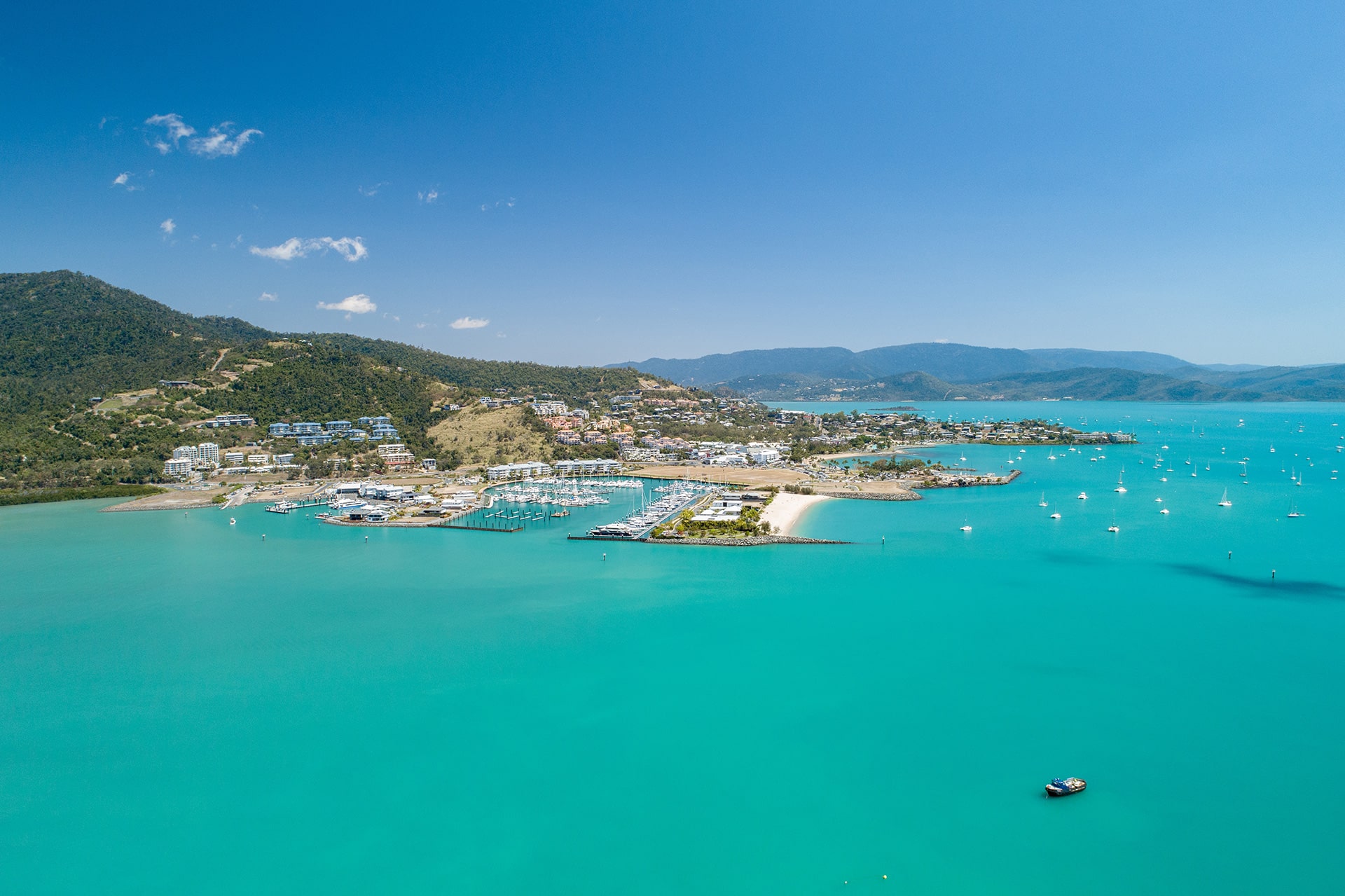
TRADITIONAL OWNERS
The traditional owners of the area are the Ngaro people and the Gia people whose Juru people have the only legally recognised native title in the region. The Whitsunday Ngaro Sea Trail is a mix of seaways and short walks, crossing South Molle, Hook and Whitsunday islands. The tracks are linked by the seaways suited to sailing, powerboating, or kayaking.
NAMING OF THE WHITSUNDAYS
It is based on Captain Cook’s date for the naming of the Whitsunday Passage or as Captain Cook spelt it in his journal on the HMS Endeavour, Whitsunday’s Passage. Captain Cook believed that he discovered the passage on Whitsunday (The Sunday of the feats of Whitsun – Pentecost) which is observed seven weeks after Easter. However, as the International Date Line had yet to be established, the actual day of discovery was Monday.
There is still some contention as to exactly which islands are within the Whitsundays, however they do lie within the chain named Cumberland Isles (now Cumberland Islands).
GREAT BARRIER REEF
The Great Barrier Reef is World Heritage Listed (1981) Australian World Heritage Site (2007) and one of the Seven Wonders of the World (1997). It is viewable from outer space
This impressive mosaic of coral, marine life and atolls stretching along the Queensland coast for more than 2,300 km. The Great Barrier Reef is the world’s largest living structure and coral reef system composed of over 2,900 individual reefs and 900 islands.
It has been known to and used by the Aboriginal Australian and Torres Strait Islander peoples and is an important part of the local group’s cultures and spirituality. A large part is protected by the Great Barrier Reef Marine Park.
Hardy Reef & Heart Reef are two of the many thousand small reefs that make up the Great Barrier Reef. Home to an ecosystem of magnificent corals and marine life with both hard and soft coral thriving in the sheltered lagoons.
The perfect place for experienced or first-time diving among the hundreds of fish species including, giant groper, tusk fish, morays, barracudas, unicorn fish, surgeonfish, angel fish, parrot fish, anemone and sometimes even turtles or reef sharks.
Tick this off your bucket list experience from exploring on a day tour with the options of a glass bottom boat, semi-submersible, snorkelling, scuba diving, sea plane, fixed wing, helicopter tours or the opportunity to sleep at Hardy Reef.
WHITEHAVEN BEACH
The fine, white, silica sands of Whitehaven Beach differs from most beaches in the Whitsundays, which tend to have coarser sand with shell and coral fragments.
According to geologists the quartz-rich sand has not come from a local source as the area does not contain large quantities of quartz. The general explanation is that the sand drifted along the Queensland coast by prevailing sea currents millions of years ago. The sea levels rose and fell around the dunes as ice ages came and went. Over time the impurities were leached from the sand by fresh water, leaving it the fine white silica it is today.
The most recent rise in sea levels about 10,000 years ago bought the sea to the foot of the dunes creating Whitehaven Beach.
Located on Whitsunday Island (the largest island in the Whitsundays), there is up to 7km of shore or take a hike to the ocean lookout with the view point over Hill Inlet at the northern end.
There are tours for the full day or half day so you can view this pristine and pure beach.
TURTLES AND WHALES
The islands and surrounding reefs provide valuable habitat for marine turtles. Six of the worlds seven species are found within the Whitsundays. Green and Hawksbill turtles are commonly seen, while loggerhead, flatback, leatherback and pacific ridley have been recorded here. Green, flatback and hawksbill are all vulnerable to extinction and the loggerhead is endangered
Each year the humpback whales migrate north from their feeding grounds in Antarctica to the warmer waters of eastern Australia. They travel along the east coast to the north of the Great Barrier Reef where they give birth and mate, before returning home. You may see pods heading north during June and July or returning south between August and October. The Whitsundays are recognised as an important calving ground.
CYCLONE SEASON
We have a cyclone season from November to April each year. This is because of the warm water temperatures. Tropical cyclones are a low-pressure system that bring in lots of wind and rain. They do happen but they are very infrequent. However, we have been dealing with Cyclone Season for such a long time and we have a more comprehensive knowledge and experience in dealing with these events. With the advice from the Bureau of Meteorology there is more warning and predictions to keep people safe and ensure the protection of locals and tourists alike.
Cyclones are not predictable but there are systems in place with businesses, local, state & federal governments to have a plan of action in this unlikely event.
Most damage caused during the previous cyclones was to older homes as they were not built to the new exacting standards and ratings that are now required.
If this is a concern for you, we recommend travelling at a different time of year.
STINGERS - JELLY FISH
We have the Box Jellyfish & the Irukandji Jellyfish; these are home in the water in the warmer months.
There are several enclosures throughout the area for those wanting to swim locally (Cannonvale Beach, Boathaven Beach in Airlie beach, Wilsons Beach & Queens beach in Bowen or Dingo Beach) or you may choose to swim in the local Airlie Beach Lagoon on the main foreshore is open all year (check the time limits / opening hours that may apply)
Stinger season runs from November to April each year, but it does depend on the rain and season and they have been known to be in the water from October, so caution is recommended. Local tour operators are experienced in dealing with the stinger season and have stinger suits available if you are doing a day tour on the water (Suits are mandatory on some tours). Stinger suits are a thin suit to cover your body and reduces your chances and the area that may be stung.
CROCODILES
The Whitsundays is home to the saltwater crocodile, and they are found throughout the river systems along the coastline in most parts of northern Australia.
It is unusual for a crocodile to attack a human, especially in this area. Most attacks happen in the wild in rivers that are known to have crocodiles when people swim at night.
Proserpine River has the largest population of saltwater crocodiles in the Whitsundays and the Crocodile Safari tour is a great way to see them in their natural environment.
Bredl’s Wild Farm is located in Bloomsbury and gives you a hands-on experience. The family share their experience and knowledge and guests are given the opportunity to handle some wildlife such as snakes, lizards, cuddle a Koala, and baby crocodiles. You can see the tour guides hand feed the crocodiles and share the history of this amazing creature. This is a great tour for young and old.
Need to quick getaway for the weekend?
Discover Our Accommodation Options in the Spectacular Whitsundays.
